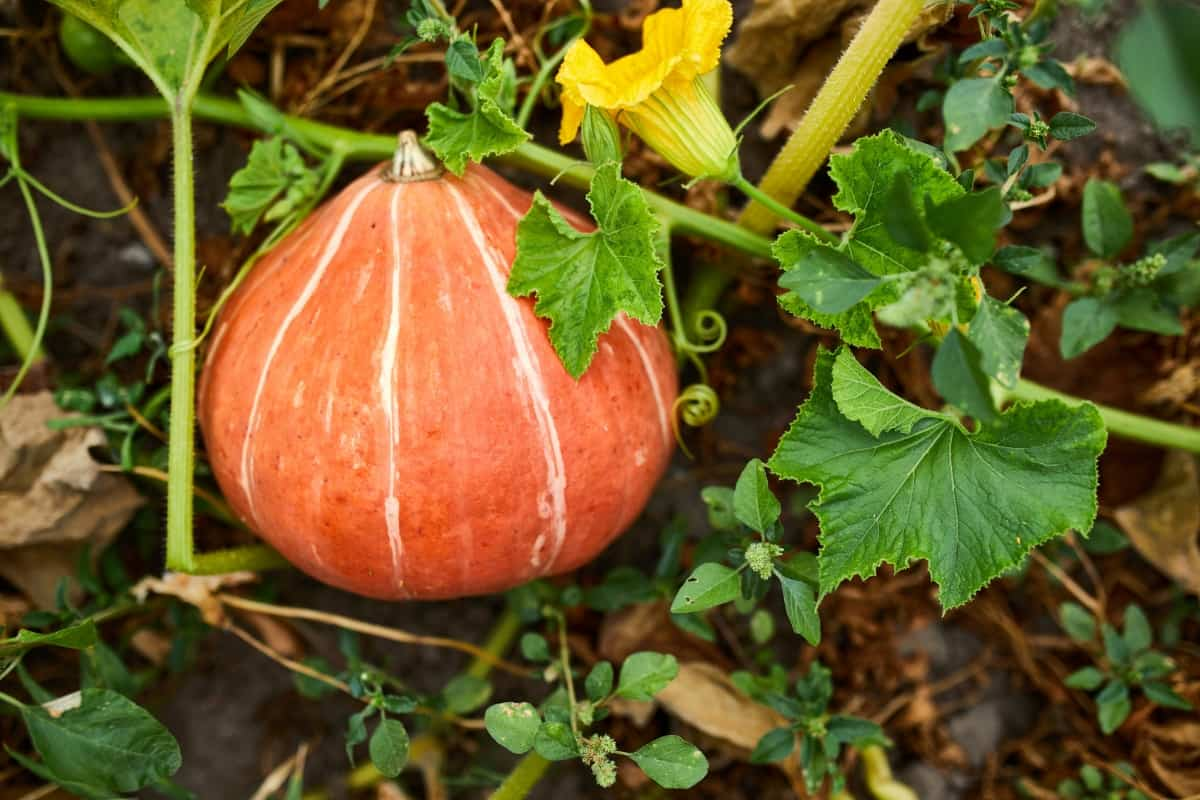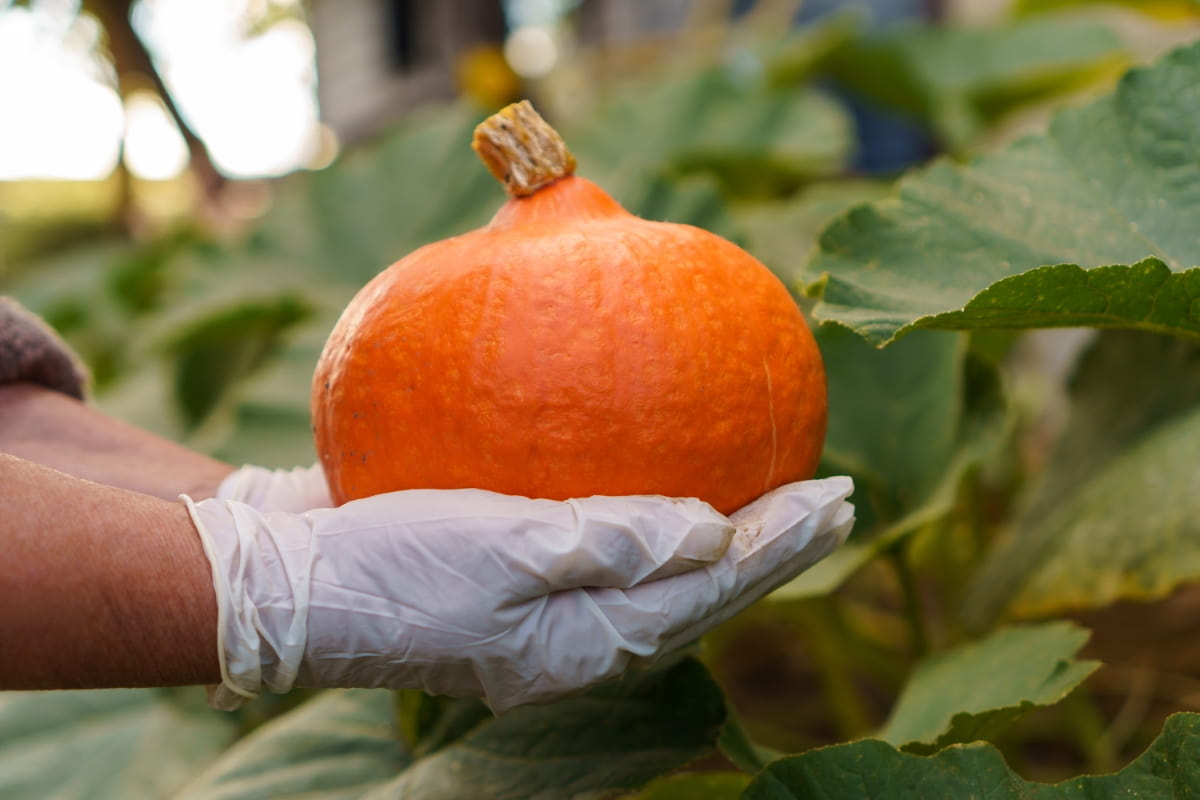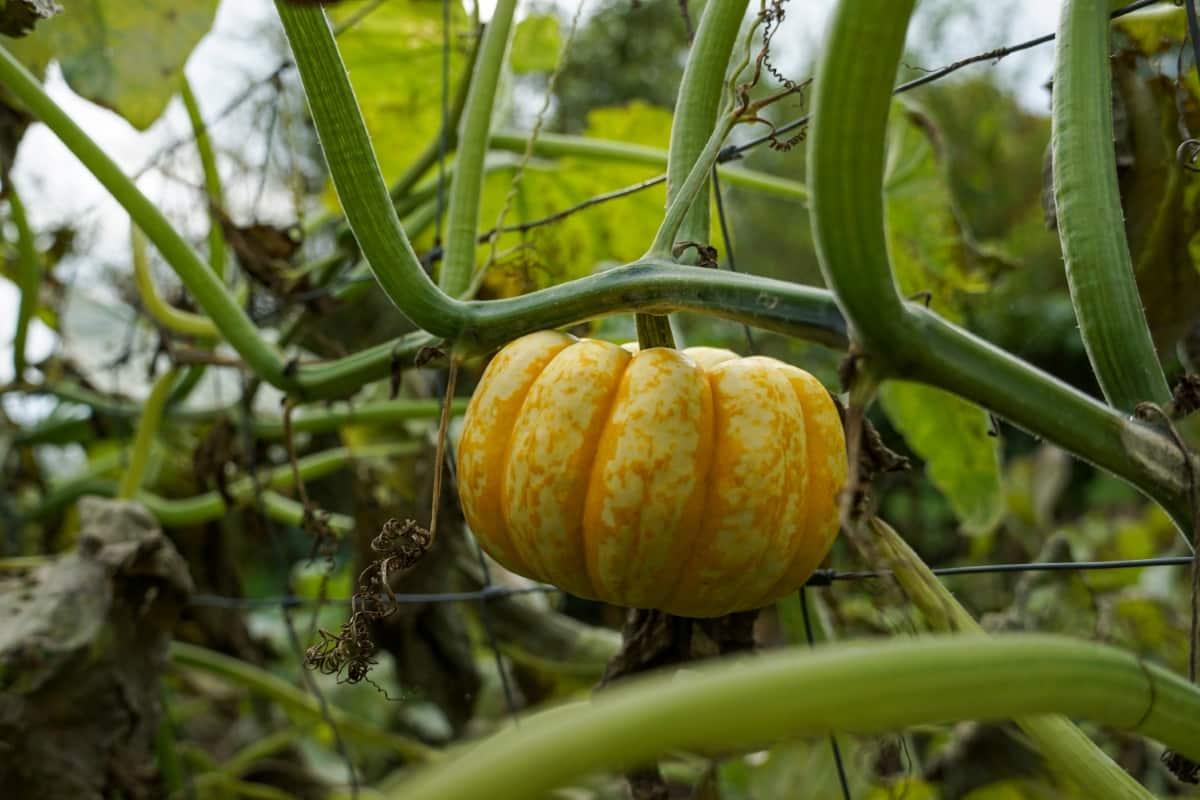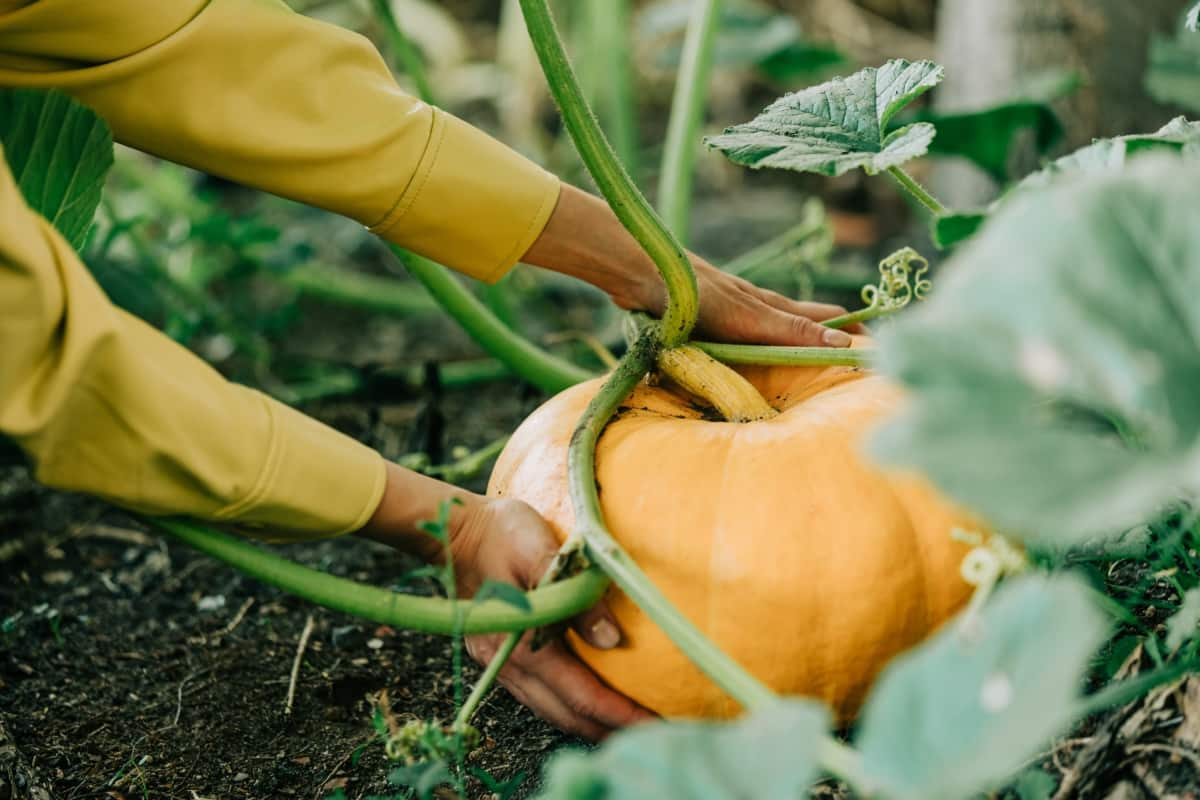Pumpkins are members of the gourd family Cucurbitaceae, and they are beloved and versatile fruits synonymous with the fall season. They come in different shapes, sizes, and colors, captivating culinary enthusiasts and gardeners alike. By utilizing a controlled environment, you can grow Pumpkins all year round, ensuring a steady supply for personal use or commercial purposes.

Selecting Pumpkin Varieties for Greenhouse Growing
Selecting the right Pumpkin varieties for your greenhouse is crucial. Some popular choices include Sugar Pie, Baby Bear, Wee-B-Little, Lumina, Casperita, Mini-Jack, Munchkin, Fairy Tale, Jack Be Little, and Baby Boo Pumpkins – each with their unique characteristics and sizes that can thrive in a greenhouse setting. These varieties are generally well-suited for greenhouse cultivation due to their compact size and relatively short growing season. Make sure to provide adequate support, water, and nutrients to ensure healthy growth and bountiful harvests.
Optimizing Your Greenhouse Environment for Pumpkins
Start by maintaining consistent temperatures between 21-29°C during the day and slightly cooler at night. Adequate ventilation is crucial to prevent overheating and humidity build-up. Consider using shade cloth during hot summer months to protect your Pumpkins from scorching sun rays.
Incorporate fans for air circulation, ensuring even distribution of heat and moisture throughout the greenhouse. Implement a watering system that provides consistent moisture without over-saturating the soil. Mulching can help retain soil moisture while reducing weed growth. Additionally, consider using organic fertilizers to provide essential nutrients for healthy Pumpkin development.
Soil Preparation and Nutrient Management for Pumpkins
Start by testing the soil pH levels to determine if any adjustments are needed for optimal Pumpkin growth. Consider adding balanced fertilizers with nitrogen, phosphorus, and potassium to promote healthy vine and fruit development. Monitor the soil’s nutrient levels regularly throughout the growing season to make necessary adjustments.

Maintaining moisture levels is key to preventing issues like root rot or nutrient deficiencies. Mulching around your Pumpkin plants can help retain moisture and regulate temperature fluctuations in the greenhouse environment.
Planting Techniques for Greenhouse Pumpkins
Start by selecting healthy Pumpkin seedlings or seeds from reputable sources. Ensure your greenhouse environment is warm and well-lit before transplanting. Prepare the soil by using a rich, well-draining mix that is high in organic matter. Plant your Pumpkin seeds or seedlings at the appropriate depth, typically around one inch deep. Space out your plants accordingly to allow for adequate growth and airflow.
Water your Pumpkins consistently, but avoid overwatering. They prefer moist, not soggy soil. Consider using drip irrigation to deliver water directly to the roots. Monitor the greenhouse temperature and humidity levels regularly to ensure optimal growing conditions for your Pumpkins.
Watering and Humidity Control in Pumpkin Cultivation
Pumpkins need consistent moisture to thrive, but overwatering can lead to root rot. Striking the right balance is essential. When watering your greenhouse Pumpkins, ensure the soil is evenly moist but not waterlogged. Investing in a drip irrigation system can help regulate water distribution efficiently, preventing under or over-watering scenarios.
Humidity levels also significantly affect Pumpkin growth. Pumpkins prefer high humidity, especially during their flowering stages. Consider using a humidifier in your greenhouse if you live in a dry climate or during the winter season. Regularly monitor both watering schedules and humidity levels to create an optimal environment for your greenhouse Pumpkins to flourish.
Pest and Disease Management for Healthy Greenhouse Pumpkins
Some common pests that can threaten your Pumpkin crop include aphids, spider mites, and cucumber beetles. These small intruders can wreak havoc on your plants if left unchecked. Powdery mildew and downy mildew are major diseases also to be watched out for in greenhouse Pumpkin cultivation. These fungal infections thrive in warm, humid environments—conditions often found in greenhouses.

Keeping a close eye on the health of your plants and maintaining proper ventilation can help prevent these issues from taking hold. Another common concern for greenhouse Pumpkins is bacterial wilt, which can quickly spread throughout your crop if not addressed promptly. Regularly inspecting your Pumpkin plants for any disease or pest signs is key to keeping them healthy and thriving.
Pollination Strategies for Maximum Pumpkin Yield
Pumpkins are not self-pollinating, so you’ll need to help them along by attracting pollinators like bees or manually transferring pollen from male to female flowers. To attract bees, consider planting bee-friendly flowers near your greenhouse or placing bee houses nearby. If natural pollinators aren’t abundant in your area, you may need to hand-pollinate your Pumpkin plants using a small brush or cotton swab.
Identifying male and female flowers is crucial for successful pollination. Male flowers have a straight stem beneath the flower, while female flowers have a miniature fruit at their base called an ovary. By implementing proper pollination strategies, you can ensure that each Pumpkin plant receives the necessary pollen for optimal fruit development and maximum yield potential.
Pruning and Training Pumpkins in a Greenhouse Setting
By selectively removing excess foliage, you allow more sunlight to reach the fruit, promoting healthy growth. Training vines along trellises or supports helps prevent overcrowding and encourages better airflow, reducing the risk of diseases. Regularly inspect your Pumpkin plants to identify any unwanted shoots or branches that may hinder their development.

Prune these carefully to redirect the plant’s energy towards producing larger fruits. Additionally, training vines horizontally can help distribute nutrients evenly throughout the plant, leading to more uniform Pumpkins.
Harvesting and Storing Greenhouse Grown Pumpkins
For harvesting Pumpkins, timing is crucial. Please make sure the Pumpkin’s skin has turned a deep, solid color and the stem starts to dry out before cutting it from the vine. Handle with care when harvesting – use sharp shears to cut the Pumpkin away from the vine without damaging other parts of the plant. Once harvested, wipe off any dirt and let them cure in a warm, dry place for about two weeks. This process helps toughen up their skin for better storage.
When it’s time to store them, choose a cool, dark spot with good ventilation. Keep them off hard surfaces to prevent rotting, and check for damage signs. With the right approach and techniques, cultivating greenhouse Pumpkins all year round can be a rewarding and fruitful endeavor. By following some tips, such as providing adequate space, temperature, light, and moisture control, you can ensure optimal growth and harvest.
- How to Grow Hibiscus from Flower
- Plantation Ideas for Home Decoration: A Beginners Guide
- Flower Garden Designs and Layouts for Beginners
- Planting and Spacing Techniques in Papaya: A Beginner’s Guide
- Growing Gold: Essential Techniques for Planting Pineapples
- How to Make Kalanchoe Plant Bushy: Home Remedies and Solutions
- 11 Reasons Why Your Gardenia is Not Blooming: Home Remedies and Solutions
- Eco Elegance: The Guide to Designing a Drought-Tolerant Landscape
- Gardening on a Slope: Strategies for Hillside Landscaping